Colorado’s First Bona Fide Diamond Deposit!
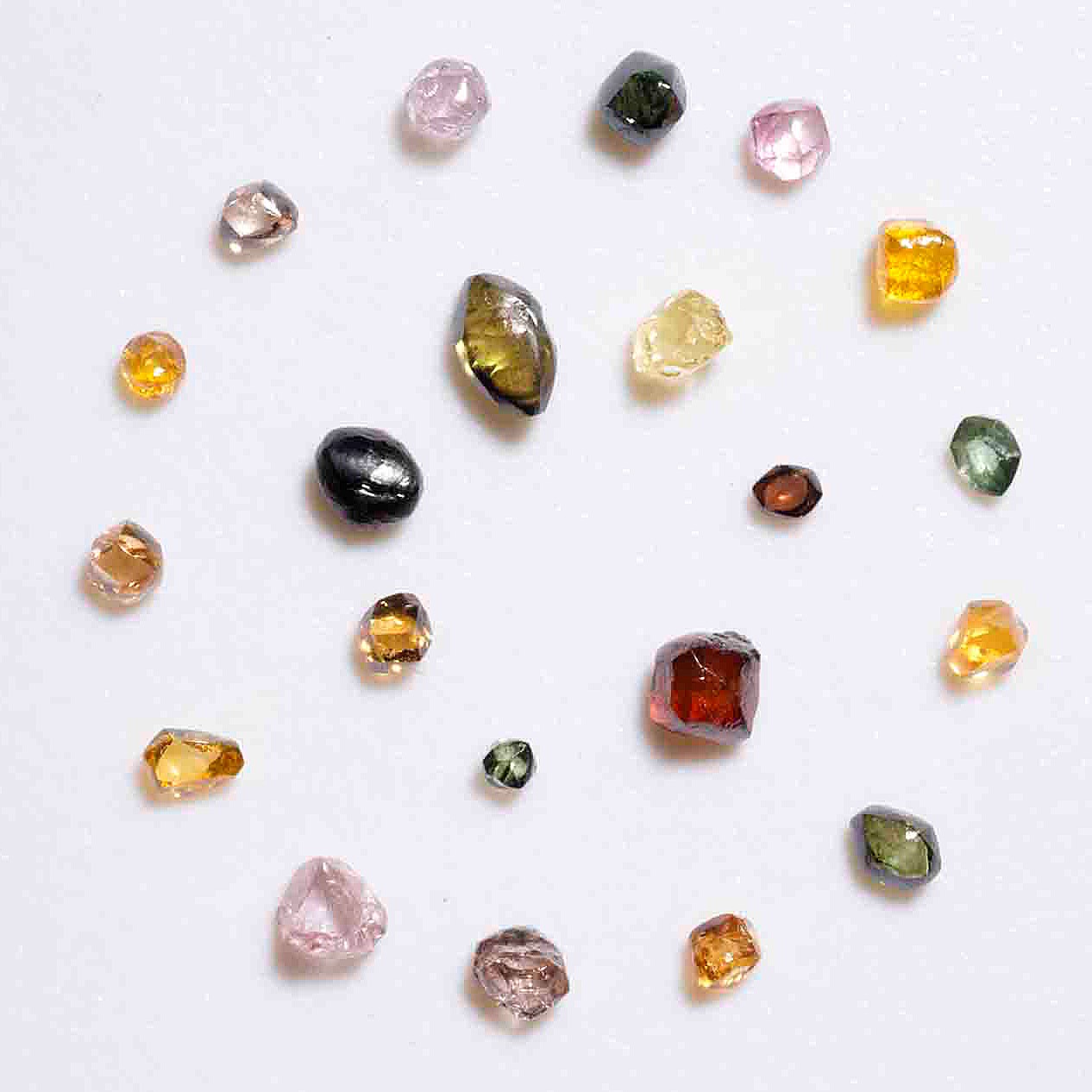
By: Grace King and James Hagadorn
Did you know that one of the biggest diamond-bearing sites in the United States is in Colorado’s Front Range? There lie rocks called kimberlites, which not only contain some of the oldest minerals on Earth — diamonds — but provide a geologic window into the interior of our planet.
Thanks to a recent donation by Fort Collins geologist Howard Coopersmith, the Museum now has an extensive collection of kimberlites and related deep-earth rocks from all over the world. These specimens pair well with the thousands of diamonds in our collections from around the globe. Together, they provide a resource for scientists to learn more about the superdeep volcanoes and tectonic processes that shaped our planet — and left behind our state’s most precious gems.
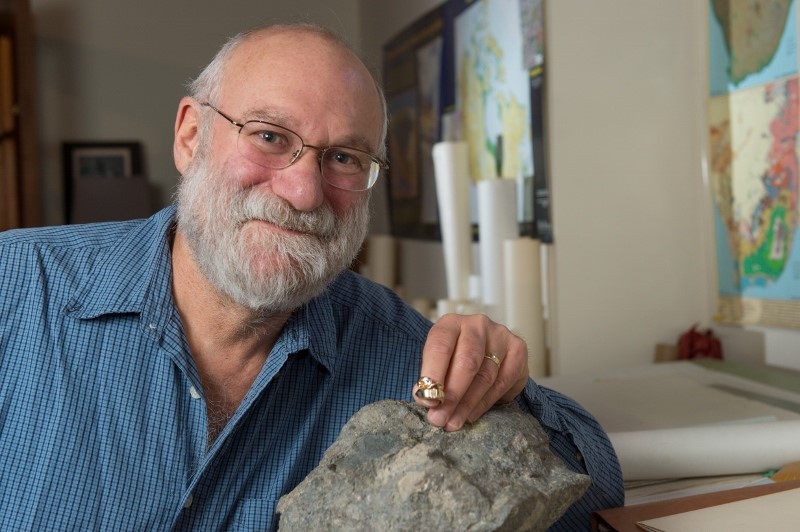
Howard Coopersmith, leaning on a large kimberlite from Colorado’s State Line Diamond district. Howard is holding a ring that bears diamonds from this deposit and was hewn from Colorado gold. (Photo/ Howard Coopersmith)
The history of diamonds in Colorado stretches back more than a century. By 1872, Colorado’s Gold Rush had come and gone, and tales of diamond deposits in Kimberley, South Africa were on everyone’s minds. On the heels of this excitement, a couple of prospectors salted soil in northwestern Colorado with diamonds, rubies and other precious stones. This triggered a nationwide rush to stake claim to this untapped bounty. Fortunately, geologists exposed the scam by documenting that the locations and associations of minerals, such as abundant rubies found alongside diamonds, could not have happened naturally. In what became known as the Great Diamond Hoax of 1872, this trickery and geologic sleuthing dashed all hopes for uncovering diamonds in Colorado for nearly the next hundred years.
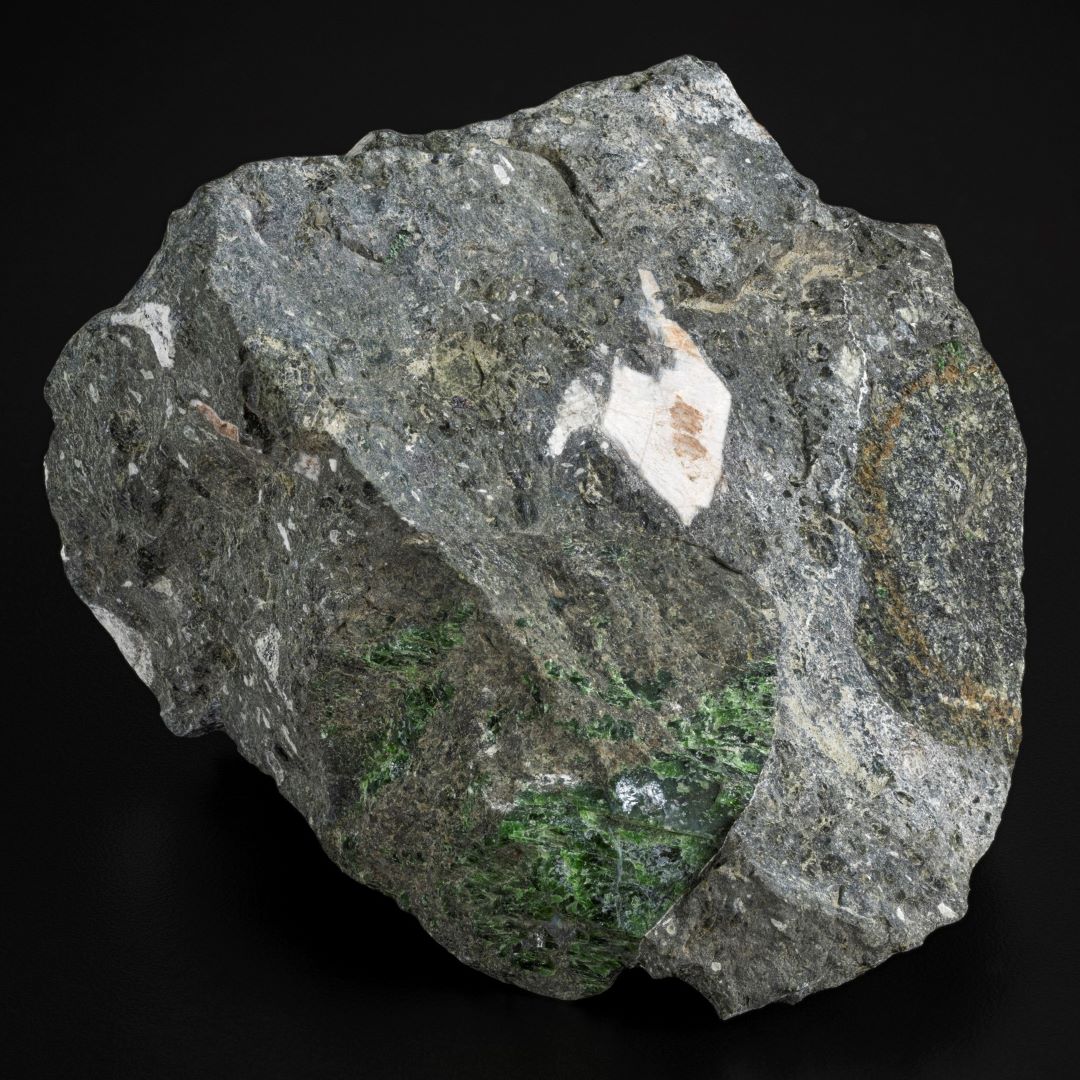
Kimberlite from Colorado’s Stateline Diamond District, illustrating several chunks of other rocks glued together, including some that contain an “indicator” mineral for diamond-bearing rocks. (Photo/ Rick Wicker).
Fast forward to the 1960s, when Colorado State University professor Malcolm McCallum started studying the kimberlite deposits from northern Colorado and Wyoming. Sure enough, these grotty-looking brown and green rocks contained the hardest known natural substance on Earth — diamond. McCallum had found Colorado’s first bona fide diamond deposit!
Colorado's kimberlite deposits are scattered along the Front Range, following a linear corridor where a series of volcanic pipes and dikes punctured the Earth's crust, from Boulder to the Colorado-Wyoming border. Following the discovery of diamonds in these rocks, there was a surge of interest in exploring their potential. Among those captivated by the prospect was Howard Coopersmith, who at the time was pursuing his undergraduate studies in geology at Colorado State University.
In 1975, Coopersmith enrolled in graduate school at CSU to learn more about the mineralogy of kimberlite rocks and how to find kimberlite deposits. Years later, he opened a small diamond mine near Kelsey Lake, which operated for six years in what is known as the Stateline Diamond District. Alas, the mine became uneconomic to operate and closed in 2001.
During his long career, Coopersmith hunted diamonds as a geologic consultant, hand-collecting kimberlites and other mantle-derived rocks from all over the world. His hunt took him to some of the world’s most remote and challenging locations, including the Amazon basin in South America. These types of rocks are seldom found on the Earth's surface; instead, they are typically accessible only through mining operations, many of which are currently unreachable.
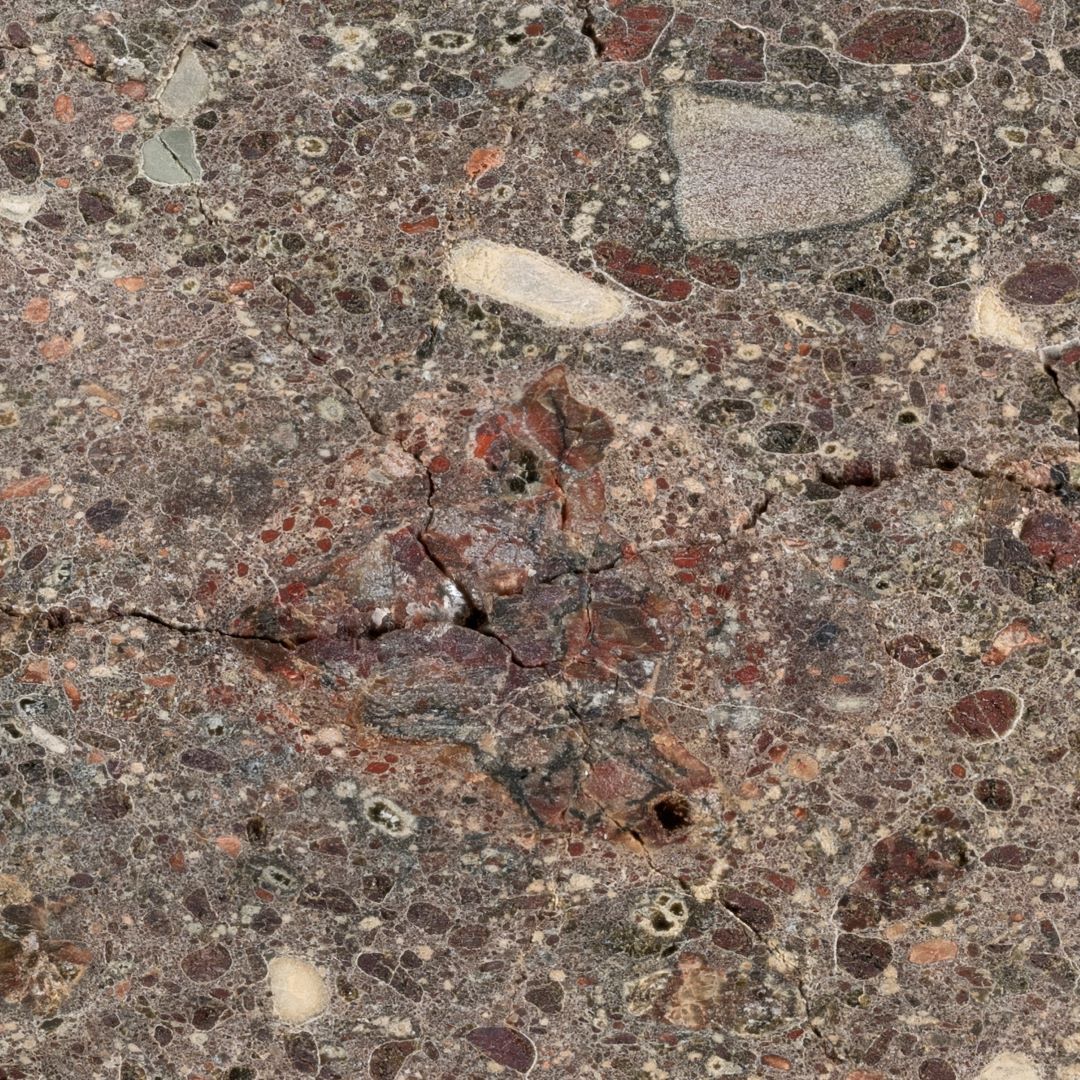
Close-up of a polished slab of kimberlite from the Sloan diatreme of Colorado, illustrating a xenolith in the center. Such samples can tell us about the composition and evolution of our planet’s interior. (Photo/ Rick Wicker)
Fortunately, a trove of these rocks is now tucked away for safekeeping in the Museum’s collections. The Museum enriched its collection with diamonds, kimberlites and other diamond-bearing rocks gathered by Howard Coopersmith throughout his lifetime and are now ready to be studied by future scientists for many years to come.
“This collection of samples is the culmination of a long career and hence a big part of my life, knowledge-base and memories,” said Coopersmith. “It is rewarding to know that they are available to others that cannot go to such lengths to collect.”
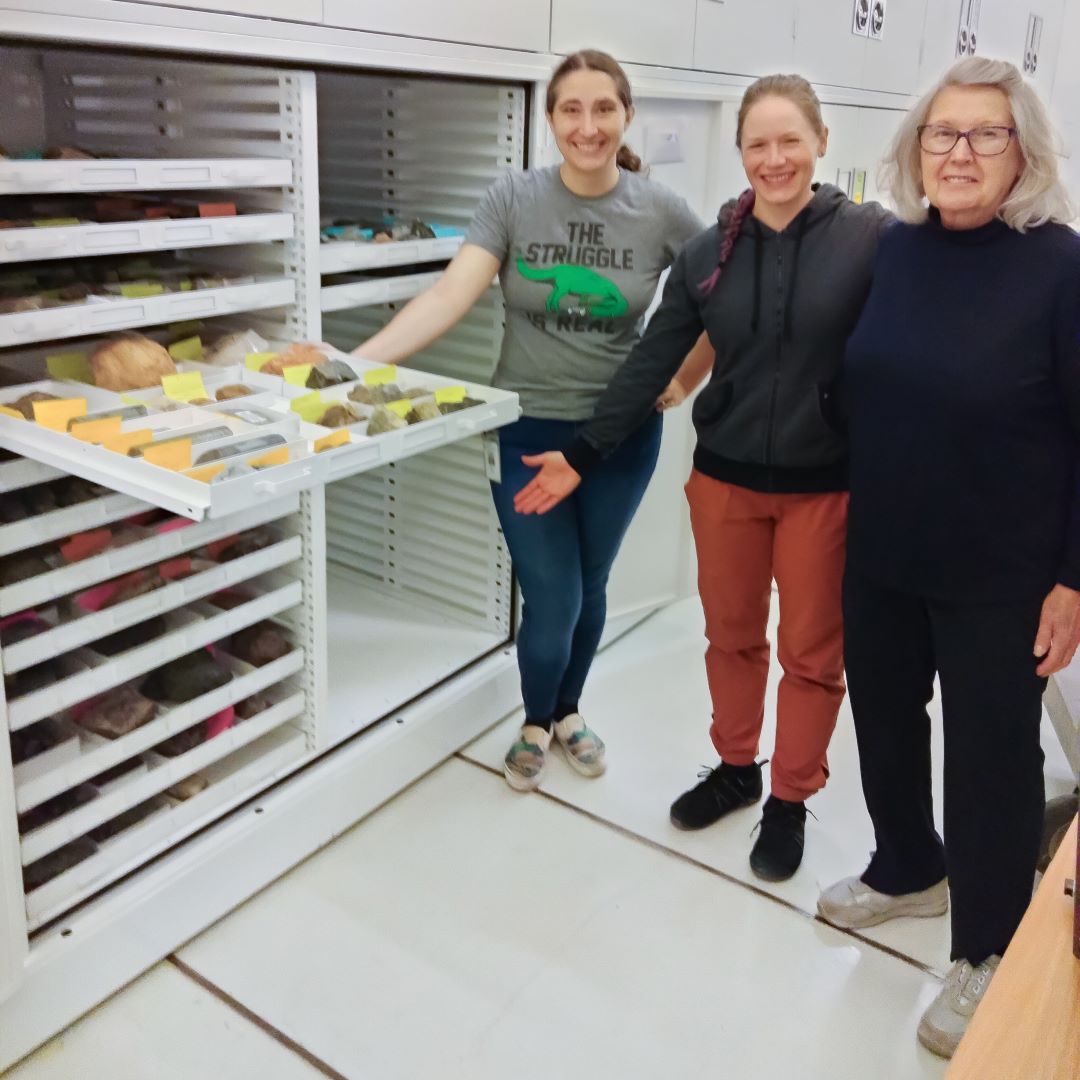
From left to right, Denver Museum of Nature & Science collections managers Nicole Childs and Nicole Neu-Yagle, and volunteer Janet Hunter showcase the cabinet full of kimberlite rocks that they are cataloguing and integrating into the Museum’s collections. (Photo/ H. Coopersmith)
Coopersmith’s contribution is especially valuable as many of these important geological sites are no longer accessible to scientists. By providing his extensive collection to the Museum, we have an opportunity to propel study of these deep-earth, deep-time rocks in new directions.
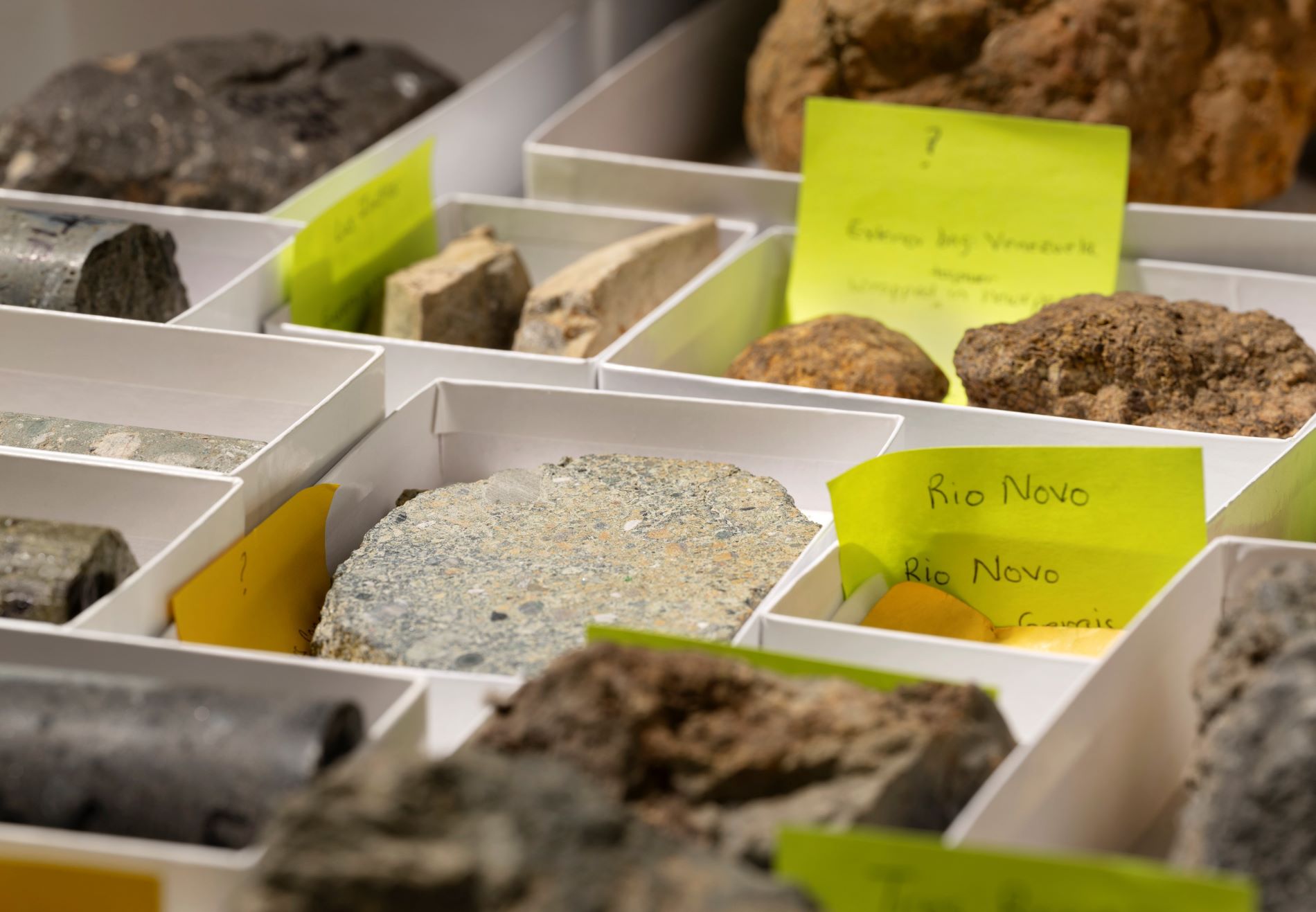
Howard Coopersmith’s kimberlite and related specimens, with temporary labels, in the process of being catalogued and archivally housed in the Museum’s collections facility. (Photo/ Rick Wicker)
Given their hardness, diamonds are valuable for their practical uses, which is why we embed them along the tips of extra-tough saw blades and drill bits. They are also prized for their aesthetic allure, for fine jewelry, watches and the like. However, their hardness also makes them the perfect time capsule to survive the harrowing journey from an unreachable part of our planet — the mantle. The diamond-bearing part of the Earth’s mantle lies 150-200 kilometers (90-125 miles) below our feet, a place where the pressure is ten times that below Mt. Everest. Here, diamonds are assembled from a relatively humble element, carbon. When carbon occurs in sheet-like crystals, we call it graphite and use it as the soft “lead” in our pencils. Carbon also has a non-crystalline form that we burn — coal. But when carbon atoms are assembled under great pressure and temperature deep within the Earth, they coalesce into a virtually indestructible honeycomb structure known as a diamond.

Fancy, or colored, diamonds from the Museum’s extensive micromount mineral collection. The colors are largely caused by chemical impurities and deformations in the diamonds’ internal crystal structure. (Photo/ Rick Wicker)
For diamonds to get to the surface of the Earth, they must be expelled from the mantle extremely quickly, or else the carbon atoms will have time to rearrange themselves back into graphite. This only happens through rapid volcanic eruptions that rise from 400 kilometers (nearly 250 miles) below our feet. The eruptions move between 6 and 18 miles per hour. That’s faster than many of us can run!
The volcanic eruptions produce kimberlite, which is a mixture of crystallized magma, rock fragments and high-pressure minerals like diamonds. Not all kimberlites have diamonds, but even ones without the precious gem are still economically and scientifically important. For example, certain diamond-poor kimberlites have rare earth elements we need for our cell phones and electronics. Moreover, kimberlites have been instrumental in unraveling the mysteries of Earth's early plate tectonics and shedding light on the formation of ancient continents and ocean basins.
This browser is no longer supported.
We have detected you are using a less secure browser - Internet Explorer.
Please download or use Google Chrome, Firefox or if using Windows 10, you may also use Microsoft's Edge browser.